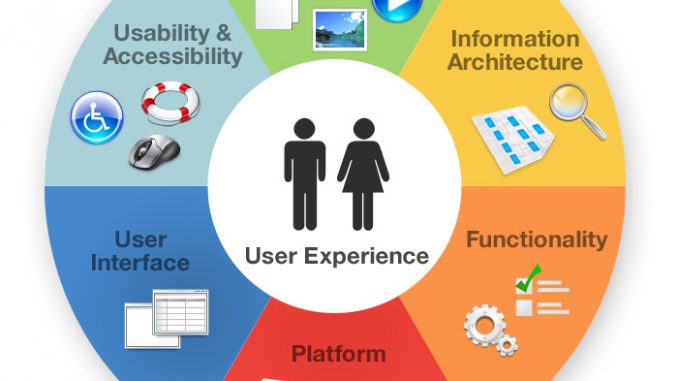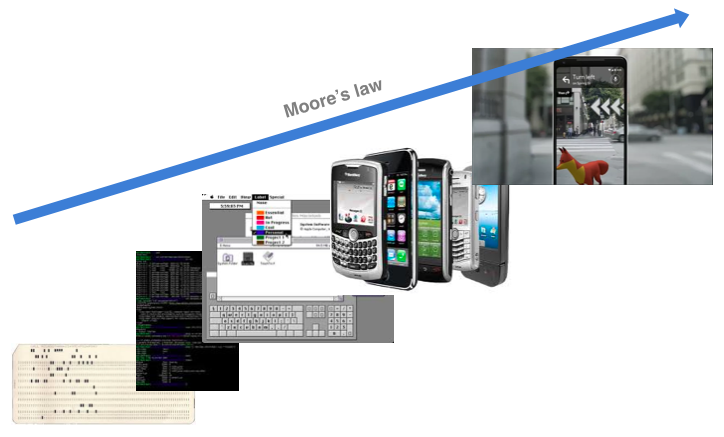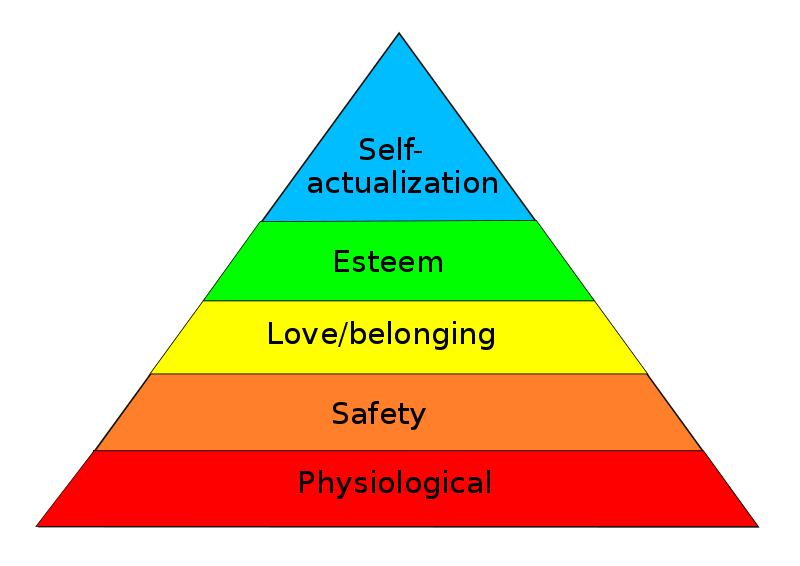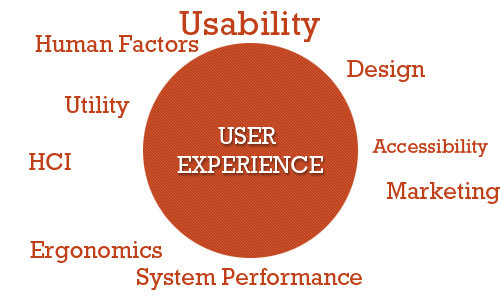
The Origins
Since the dawn of time, humans have sought to save their efforts to achieve their goals and meet their needs.
Big cats hunted (and still hunt) animals that were old, sick, or young, because it’s easier. Great primates use tools to access food that is hard to reach. And for humans, it turned out be easier to butcher an animal with a carved stone carved with one’s teeth… Similarly, spears were used to launch javelins further with more ease, etc.
To summarize, humans seek to make their life easier. However, this does not only involve the design and improvement of tools always easier to use and more effective. Indeed, if we take clothing as an example, it is primarily designed to provide protection for the body (from heat, cold, or other forms of external aggression). It is also used to conceal or highlight certain parts of the body. It may also, though color, materials, fittings or accessories to be more or less pleasant to wear, and even convey a part of what we are (social status, mood, personality, culture, religion or more simply, a certain aesthetic taste.
Modern Times
The desire to constantly facilitate tasks went from improving tools to the creation of more specialized machines, but also more complex and expensive, relegating them essentially to the professional arena. Thus were born ergonomics in the XIX century in the context of understanding the harshness of work in the factories. Ergonomics (from the Greek ergon – work – and nomos – law, rules) were originally developed to adapt working conditions and tools to workers, so that not to bring harm workers’ health. Ergonomics were conceived beginning after the World War II.
Wisner (1950) gives the following definition:
“Set of scientific knowledge related to man necessary to engineer tools, machines and devices that can be used with the maximum comfort, safety and effectiveness”.
However, the changing conditions and work situations led ergonomics to reinvent themselves. In fact, it is no longer sufficient to solely adapt machines to operators to improve overall working conditions. This is why ergonomics has become specialized in the various fields of professional activities:
- Physical ergonomics: Study of the anatomical, anthropometric, physiological and biomechanical characteristics of humans in relation to the activity. It covers work postures, manipulations of objects, repetitive movements, work stations, etc.
- Societal or organizational ergonomics: Study of sociotechnical systems, organizational structures, definition of the rules and work processes. It deals with the management of human resources, communication, timetables and work rhythms, team work, etc.
- Cognitive ergonomics: latest addition to ergonomics, in order to adapt to the specific questions posed by the use of the informational systems and their computer stations, it studies the mental processes related to work activity work (perception, memory, reasoning, and more recently emotion and volition).
However, these different sub-disciplines of ergonomics are permeable between them, and it would be illusory to want to partition them: they address the various facets of the human experience in their work situations.
Today
The field of ergonomics now applies to all types of machinery, including software, in any professional use or usage by the general public.
Henceforth, the dissemination of the computer tools to the general public, allowed by the fulfillment of Moore’s law, has gone, in just a few decades, from punched cards to interfaces by command-line, graphical interfaces and touch screens to augmented virtual reality found in our smartphones!

Consequently, the use of IT tools (and more specifically digital) left the professional sphere to follow their users at all times and in all places. It is as a precursor of this trend that Don Norman has invented the notion of user experience (UX) starting in 1988 in The Design of the Everyday Things. Today, digital services accompany each individual in the fulfillment of their needs, as formulated by Maslow:

from Wikimedia Commons
Actually, digital services can enable us to achieve these different needs, more or less easily, in the same way that prehistoric humans were seeking to do in their time. A bow could thus be a hunting tool essential to the satisfaction of physiological needs such as eating, while bringing a certain value to usage experience (need of belonging or accomplishment). Similarly, a smartphone is not use just to make phone calls, and can convey the social status or the membership group of the one who uses it. Which goes far beyond its primary functions.
Defining the user experience
It is still difficult, today, to find a consensus for a definition of user experience. Yet the user experience is subject to a normative definition carried by the standard iso 9241-210. Here it is verbatim:
” Person’s perceptions and responses resulting from the use and/or anticipated use of a product, system or service.
User experience includes all the users’ emotions, beliefs, preferences, perceptions, physical and psychological responses, behaviours and accomplishments that occur before, during and after use. User experience is a consequence of brand image, presentation, functionality, system performance, interactive behaviour and assistive capabilities of the interactive system, the user’s internal and physical state resulting from prior experiences, attitudes, skills and personality, and the context of use.
Usability, when interpreted from the perspective of the users’ personal goals, can include the kind of perceptual and emotional aspects typically associated with user experience. Usability criteria can be used to assess aspects of user experience.”
We draw the attention to the emphasis that is placed on “intended use” of the product. Indeed, the user experience starts BEFORE the use of the service in itself. Thus, all the work done ahead of the design of the interface, in terms of marketing, communication and branding will be decisive in the development of the experience of use. This allows to realize that it is completely limiting to confine the user experience solely to usability, representative of the experience DURING use. However, this explanatory dimension remains at the center, and highlights the strong affiliation between ergonomics, aesthetics, technical reliability, and UX. That’s why Smashing Magazine represents the user experience thusly (see below):

We shall note also the importance to be given to the personal characteristics of users as individuals (opinions, skills and personality) in terms of prior knowledge and needs (latent or cast). This implies adopting a design method centered on users in the broadest sense of the term, taking in consideration as much the aesthetic, technical, hedonist, social, political or cultural aspect than those of pragmatic and functional usages. So it is no coincidence if the standard ISO 9241-210 addresses “human-centered design for interactive systems”: this definition explains what is the user experience but does not confuse it with the methods (creative or evaluative) that allow to reach it.
In Conclusion
In the end, regardless of the definition each UX designer can choose to give to the object of his professional practice, it seems useful to refer to what says its inventor, Don Norman, himself, says in the following video:
Here, too, this precision of Norman does not give more indications on how to achieve a good user experience, and even less how to measure it. That is why, in the wake of Eason (1984) according to whom “the best indicator of usability is the actual use of the product”, we now consider the best measure of the user experience is its effective use. This is why when a service has found his target, experience contributes to the performance and return on investment objectives from the publishers of services and digital content.
